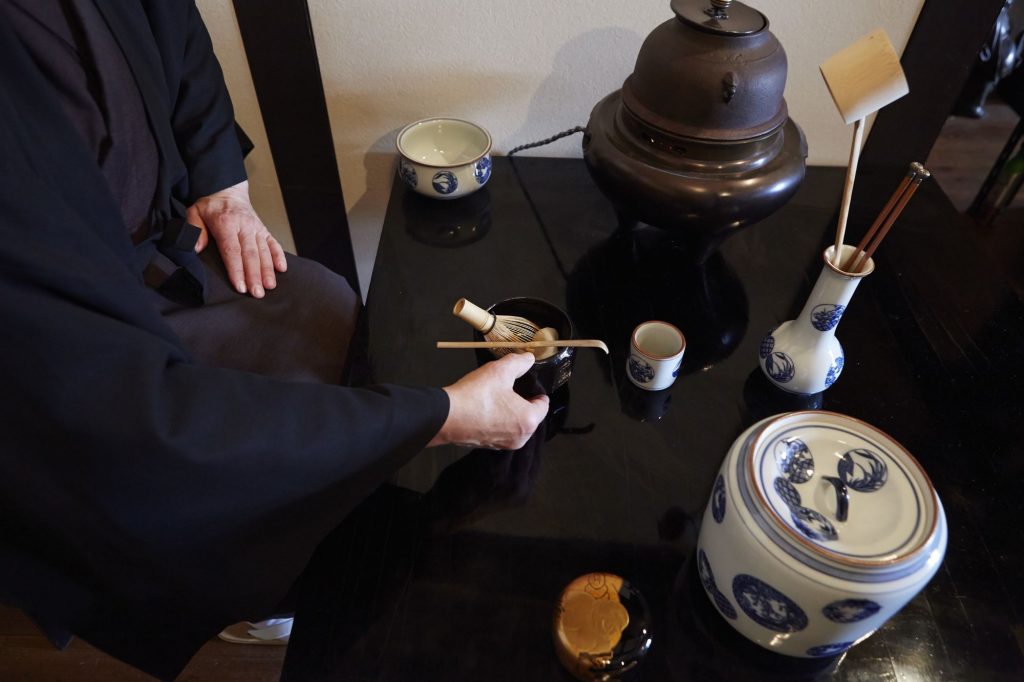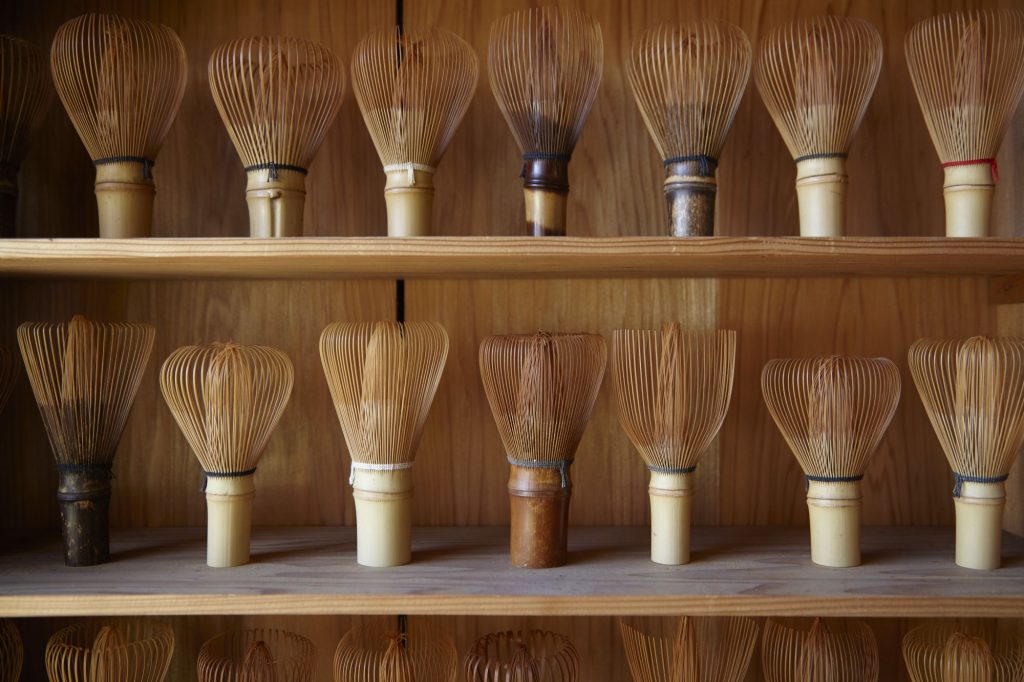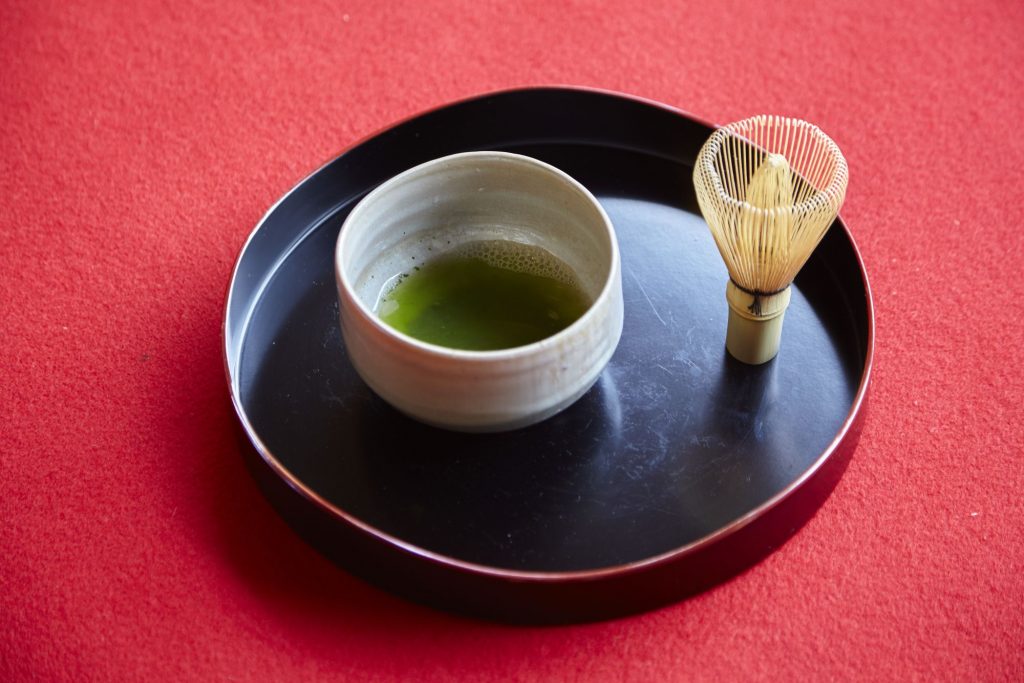Lexus Recommends Seven Japanese Teas to Try
The Japanese drink an estimated 80,000 tonnes of green tea each year (the second highest consumption in the world) and the Japanese tea ceremony is a time-honoured demonstration of hospitality, conducted with skill, precision and care.
The finest principles of Japanese hospitality – omotenashi – are also a key part of the Lexus brand, demonstrated in the design and production of its cars and in its world-famous customer service, where each customer is treated as a guest, with all their needs anticipated.
With opportunities to sample Japanese teas in Japan curtailed by current travel restrictions, Lexus has put together a guide to seven of the best that can be sampled here in the UK.
Sencha
Tasting notes: an earthy, leafy flavour: it’s fresh, but can be bitter if steeped for too long.
Said to boost the immune system and raise your energy levels, sencha – a type of green tea – is Japan’s most popular pick-me-up. The young leaves are steamed to prevent oxidisation (which would turn them into black tea), before being rolled and dried, and are often blended with other flavours, such as cherry blossom or jasmine. When older leaves are harvested (known as ‘second flush’), they are called bancha, which is a lower-grade tea, with less caffeine.
Matcha
Tasting notes: sweet and umami, with a clean, grassy tang. It has a more robust texture than regular tea, because the leaves are finely milled.
This green tea powder is used to flavour everything from lattes to cream cakes, but matcha is traditionally served as a whisked hot water infusion and is the centrepiece of Japanese tea ceremonies. The leaves are grown under shade to increase their chlorophyll level, giving the tea a strong, vibrant colour. Before you buy matcha, check out its grade: the higher it is, the smoother the tea will taste.
Hojicha
Tasting notes: slightly smoky but honeyed too. Can be deep or light in flavour, depending on roasting time.
Hojicha is unusual because it is roasted, not steamed. It is produced by heating green tea leaves over charcoal in a porcelain pot, which lowers the caffeine levels and removes any bitterness. The colour also becomes reddish-brown. Hojicha is served hot or cold and makes a fantastic iced tea.
Genmaicha
Tasting notes: nuts and caramel, with the added earthy freshness of green tea.
Also known as ‘popcorn tea,’ genmaicha is a 50/50 blend of green tea (usually bancha) and toasted rice. It’s darker in colour, and rich in antioxidants. Originally, the mixture was used by poor communities as a way to make their tea leaves stretch further, but today it is popular in all walks of life.
Kukicha
Tasting notes: Full of the freshness of green tea, but with a creaminess too, and it doesn’t become as bitter when steeping.
Although it’s made from the twigs and stems of camellia sinensis (the tea plant), this light brew has all the health benefits of green tea leaves but lacks the caffeine. The older parts of the plant are less potent than the leaves, yet are still rich in nutrients, including calcium and vitamins. Even though it’s a by-product of other teas, kukicha can still be high-quality. Look for blends made from premium gyokuro, which is green tea grown under shade.
Mugicha
Tasting notes: another tea with a nutty, savoury flavour, although honey is often added for sweetness.
Mugicha isn’t actually a tea, it’s made from barley grains steeped in warm water, which are ground to fill the ‘teabags’. The grains are roasted to varying degrees (the longer the roast, the nuttier the flavour), and the infusion is usually kept in the fridge and served cold. It’s believed to aid digestion and is caffeine-free, but isn’t suitable for gluten-free diets.
Kobucha
Tasting notes: the seaweed brings a pungent aroma and a strong, salty taste. For the uninitiated, a weak kobucha is often more palatable.
Another misnomer, kobucha is commonly referred to as a ‘tea’ throughout Japan, but in fact it’s made from kelp seaweed powder. Not to be confused with kombucha (a fermented tea from China), this savoury infusion is often combined with plum (ume-kobucha) which adds a slightly sour note to its otherwise savoury umami flavour. Some say it’s more like a clear soup than a tea. It can contain artificial additives, so check the label before you buy.
ENDS





